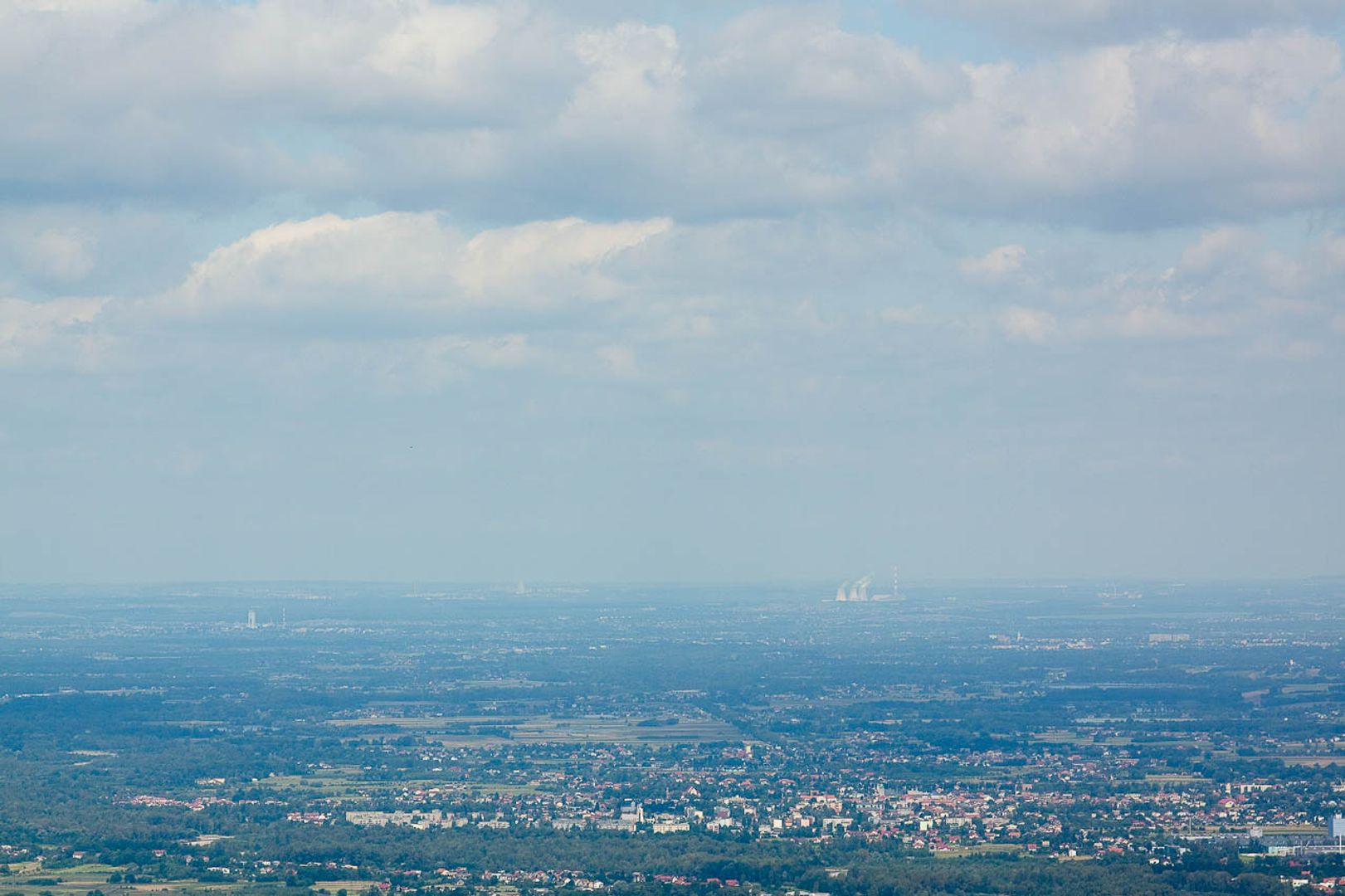Jaworzno Power Plant
6.71

Overview
Jaworzno III Power Plant, located in Jaworzno in the Silesian Voivodeship, is one of the key energy facilities in Poland. The history of the power plant dates back to 1898, when the first direct current generators were installed. Over the years, it has developed, undergoing numerous modernizations and expansions, including the construction of Jaworzno I Power Plant in the 1950s, followed by Jaworzno II Power Plant, which became a modern facility with a more environmentally sustainable combustion process. In 1979, the construction of Jaworzno III Power Plant was completed, which, with a capacity of 1200 MW, became one of the largest plants in Poland. The power plant's chimney, standing at 306 meters, is the tallest in the country. In recent years, investments in modern technologies aimed at reducing pollutant emissions, including the implementation of flue gas desulfurization systems and low-emission burners, place Jaworzno III Power Plant within the context of the fight against climate change. The power plant strives to introduce ecological processes, such as biomass co-firing, and the effectiveness of these measures aims to minimize environmental impact. The power plant is not only an important industrial facility but also a cultural element of the region, symbolizing the development of the energy sector in Poland. From a historical perspective, Jaworzno has undergone various stages of industrialization, which has had a significant impact on the local community and culture. Air pollution associated with coal combustion remains a serious health concern for the region's residents, leading to interventions by European institutions. The transformations of Jaworzno III Power Plant reflect broader changes in the Polish energy sector, striving for more sustainable and environmentally friendly development.
Location
2025 Wizytor | All Rights Reserved